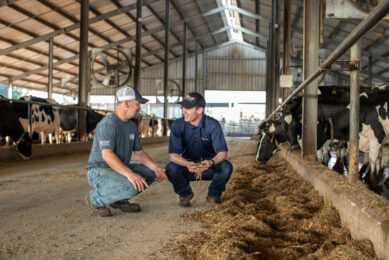Dairy trailblazers reveal 3 sustainability best practices
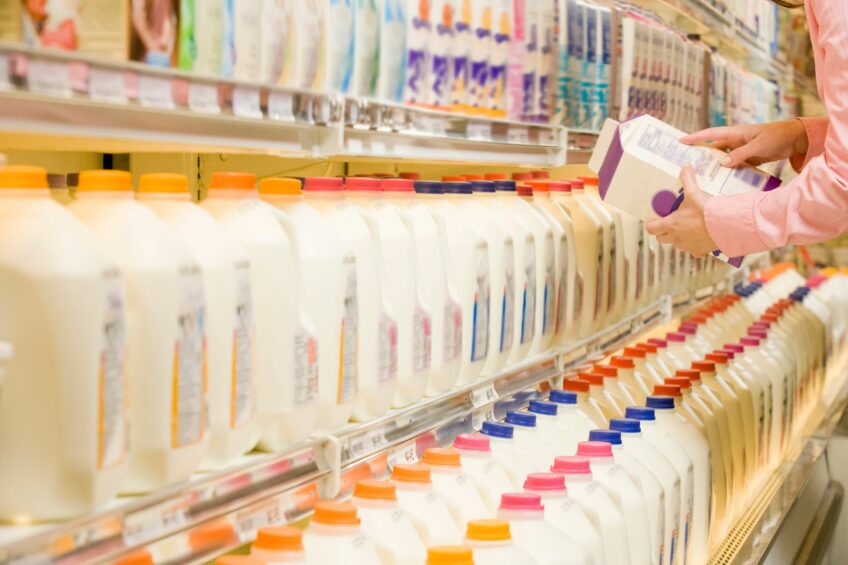
As the world pushes companies to be greener, a report from A-Insights shows a different reality: 2 out of 3 food companies haven’t even shared their plans for being more sustainable. This delay is a big problem for our urgent need to move toward a greener future.
Is the dairy industry struggling with the same issue? The short answer is ‘yes’. They have a goal to cut a certain type of emissions by 47%, but many companies need to speed up to reach this target. In fact, more than half of them might miss it if they don’t accelerate today. And there’s another issue we haven’t even talked about yet – a crucial part called Scope 3 emissions.
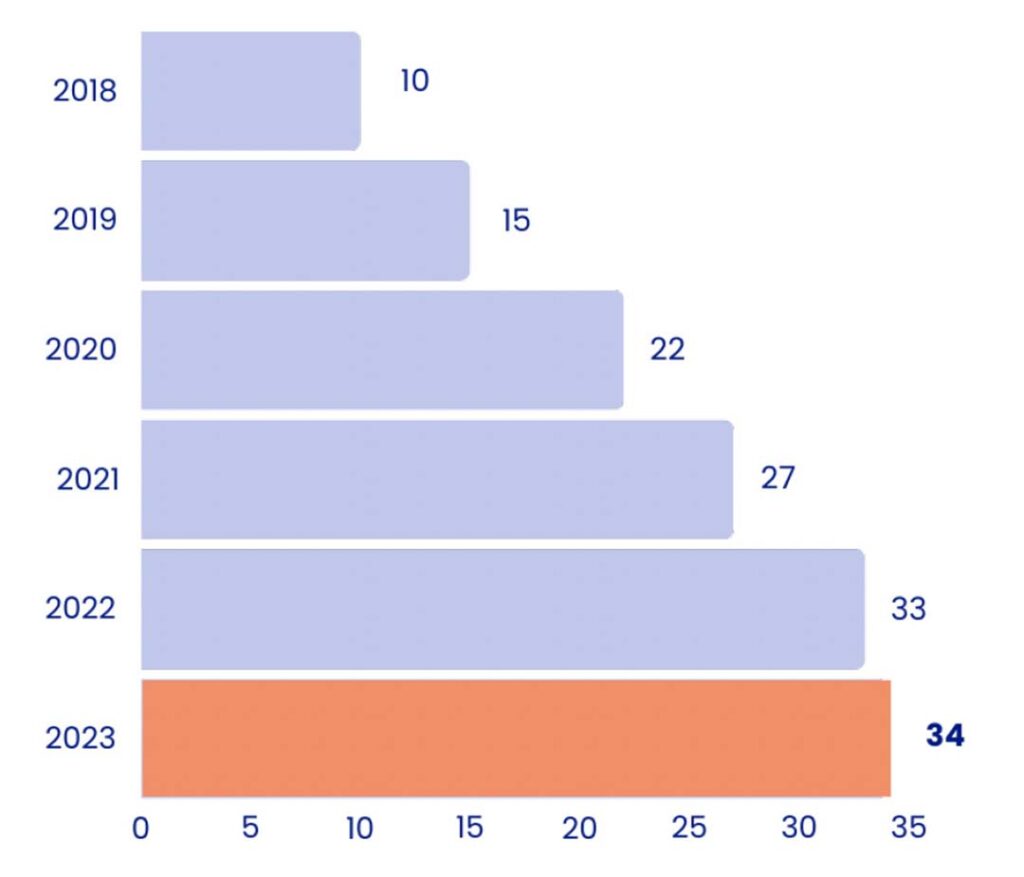
Relying on a hockey-stick curve is a dangerous gamble. To avoid the risks, companies should look to the trailblazers in the industry – those leading the way. This article looks at their actions, showing a better path for the dairy industry to become more sustainable. It’s a race against time, and the trailblazers offer a guide to reshape the industry for a greener future.
Best Practice 1: Go beyond greenwashing for real results
Dairy companies worldwide are actively engaged in reducing their Scope 1 & 2 emissions. However, what sets the trailblazers apart is their commitment to going beyond industry norms. These leaders are growing their sustainability workforce significantly, with notable examples such as Arla, which has quadrupled its sustainability staff compared to the industry’s top 20.
Additionally, trailblazers like Nestlé focus on insetting emissions rather than just offsetting them, supporting renewable energy production and promoting regenerative agriculture.
Best Practice 2: Showcasing commitment in the plant-based market
In the booming plant-based market, companies fall into 3 categories: the scared, the opportunists, and the innovators. It’s the latter, those fully committed to the plant-based shift and technological breakthroughs, who can significantly cut carbon emissions by changing their product portfolio.
These teams, particularly exemplified by Danone‘s efforts, play a crucial role in reducing carbon footprints and addressing consumer concerns about product price, texture, and taste.
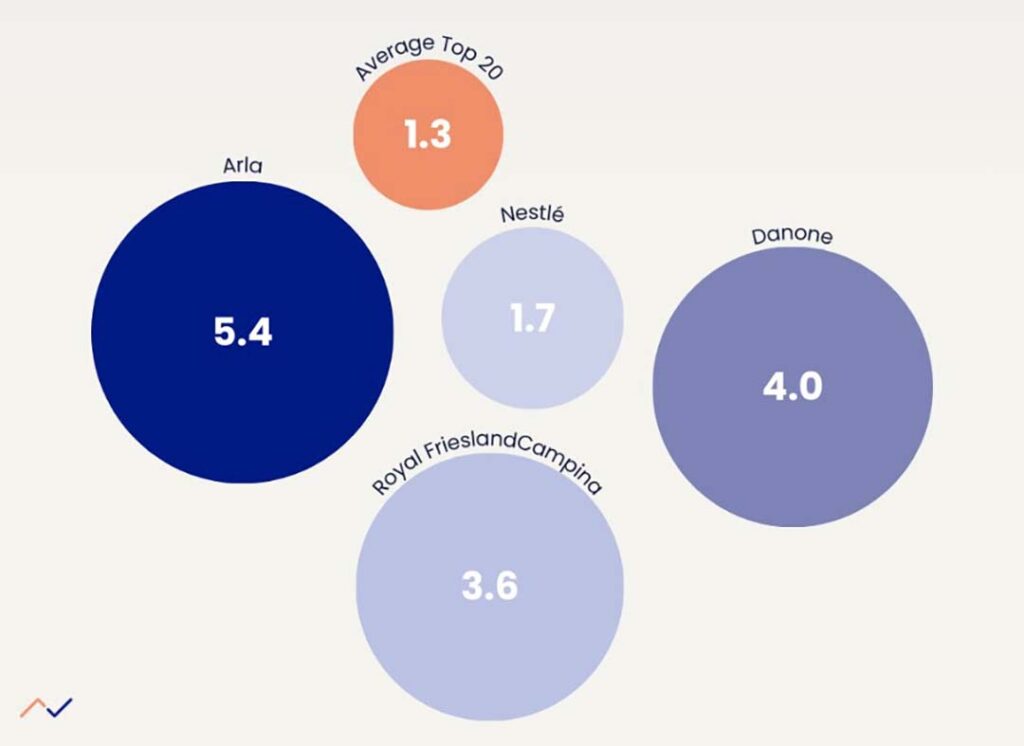
Best Practice 3: Embracing Scope 3 for a sustainable future
While most dairy companies primarily focus on Scope 1 & 2 emissions, the true game-changer lies in addressing the 95% of indirect emissions in Scope 3.
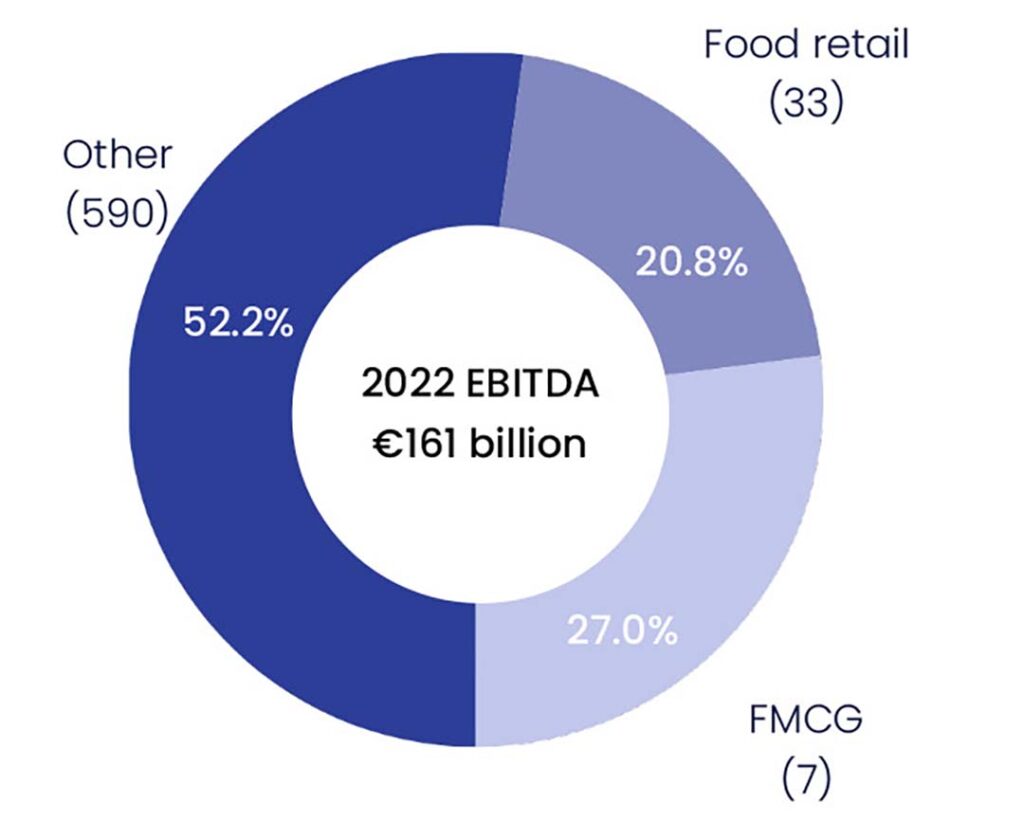
Trailblazing dairy companies actively engage customers in solutions, redirecting funds strategically to ensure a more equitable distribution across the food chain. Collaborations with key players, such as those seen with Royal FrieslandCampina, create sustainable win-win scenarios, empowering farms to invest in environmentally friendly practices.
Commit to net zero and align with existing frameworks for success
Trailblazers in the dairy industry don’t merely stick to ready-made plans for cutting emissions. They set goals for Scope 3, aligning them with established frameworks. Surprisingly, only 35% of the top 20 global dairy companies commit to reaching net-zero by 2050 and aligning with existing frameworks. Adopting these frameworks enhances the likelihood of reaching sustainability targets through strong commitment and well-structured processes.
Action steps for dairy companies
The urgency for sustainability demands immediate action. Dairy companies can unlock success in 3 straightforward steps:
- Tap into peer data: Utilise data from peers’ CSR reports immediately, rather than waiting for mandatory regulations. Valuable information is already available.
- Invest in the right people and technology: Follow the trailblazers’ example by developing Sustainability Intelligence internally and externally.
- Learn from the best: Seek inspiration and ideas from industry leaders beyond your sector to make your business more sustainable.
Conclusion
Sustainability cannot afford to wait any longer. Dairy companies must heed the call for action, learning from trailblazers, and embracing transformative practices to navigate the path towards a greener future. The time to act is now, and by taking these steps, the dairy industry can lead the charge in sustainable practices, setting a precedent for other sectors to follow suit.
Join 13,000+ subscribers
Subscribe to our newsletter to stay updated about all the need-to-know content in the dairy sector, two times a week.






